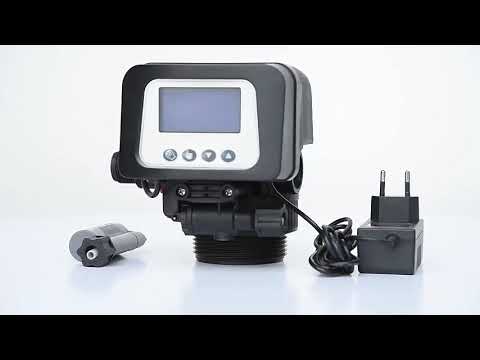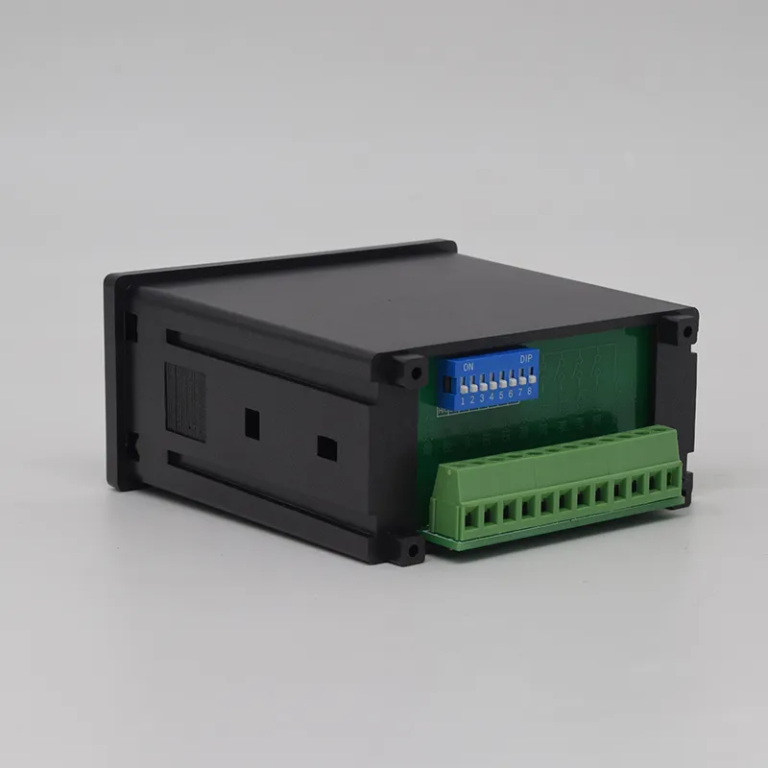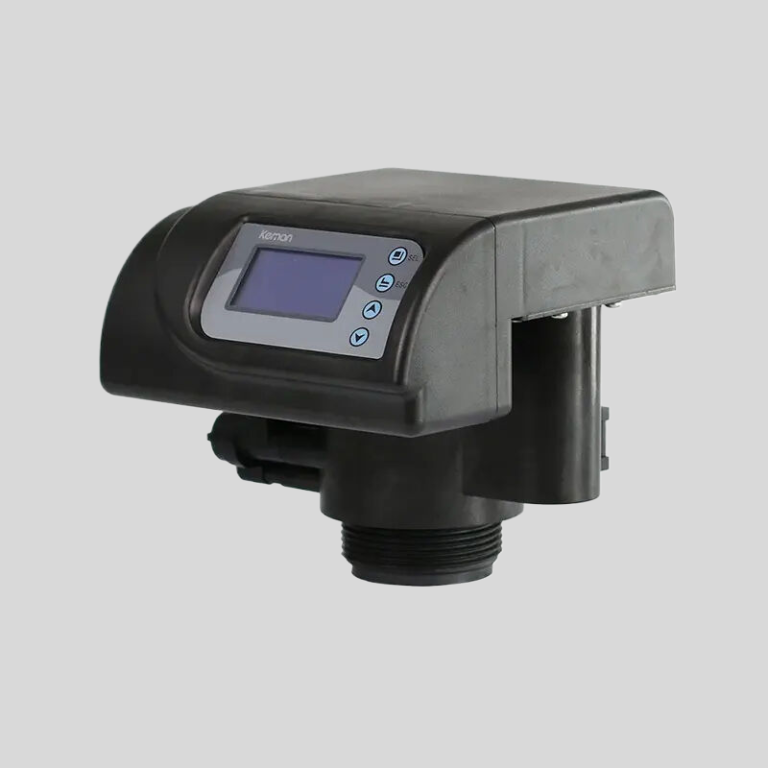Knowing When to Change Reverse Osmosis Filters: Ensuring Optimal Water Quality.
Signs that indicate it’s time to change reverse osmosis filters
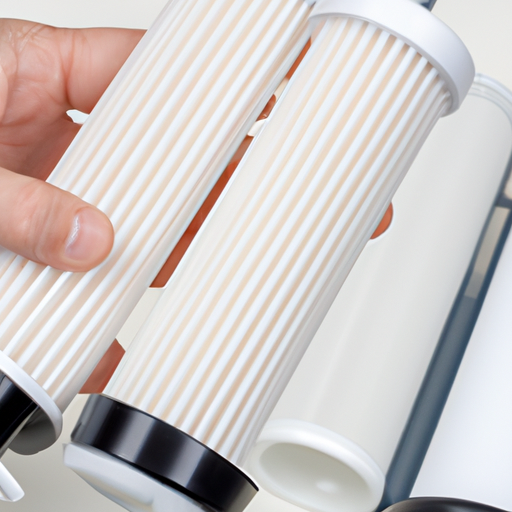
Reverse osmosis filters are an essential component of any water filtration system. They play a crucial role in removing impurities and contaminants from the water, ensuring that it is safe and clean for consumption. However, like any other filter, reverse osmosis filters have a limited lifespan and need to be replaced periodically. In this article, we will discuss the signs that indicate it’s time to change reverse osmosis filters.
| ROC-2315 ro controller instruction (220V) | |||
| Model | ROC-2315 | ||
| Single detection | Dry Contact input | Raw water no water protection | |
| (six channels) | Low-pressure protection | ||
| High-pressure protection | |||
| Pure water tank high level | |||
| External control mode signal | |||
| Running reset | |||
| Control port | Dry Contact output | Raw water pump | SPST-NO low capacity : AC220V/3A Max ;AC110V/5A Max |
| (five channels) | Inlet valve | ||
| High pressure pump | |||
| Flush valve | |||
| Conductivity over-limit drainge valve | |||
| Measurement detection point | Product water conductivity and with Automatic Temperature compensation (0~50)℃ | ||
| Measurement range | Conductivity : 0.1~200μS/cm/1~2000μS/cm/10~999μS/cm (with different conductivity sensor ) | ||
| Product water temp. : 0~50℃ | |||
| Accuracy | 1.5 level | ||
| Power supply | AC220V (±10%) , 50/60Hz | ||
| Working environment | Temperature:(0~50)℃ ; | ||
| Relative Humidity :≤85%RH (no condensation ) | |||
| Dimension | 96×96×130mm( height ×width×depth) | ||
| Hole size | 91×91mm(height ×width) | ||
| Installation | Panel mounted ,fast installtion | ||
| Certification | CE | ||
One of the most obvious signs that your reverse osmosis filters need to be replaced is a decrease in water flow. If you notice that the water is trickling out of the faucet instead of flowing freely, it could be an indication that the filters are clogged and no longer functioning effectively. Over time, the accumulation of impurities and contaminants can cause the filters to become blocked, reducing the water flow. If you experience this issue, it is a clear indication that it’s time to change your reverse osmosis filters.
Another sign that your reverse osmosis filters need to be replaced is a change in the taste or odor of the water. Reverse osmosis filters are designed to remove unpleasant tastes and odors from the water, such as chlorine or sulfur. If you notice a strange or unpleasant taste in your drinking water, it could be an indication that the filters are no longer able to effectively remove these impurities. Similarly, if you detect an unusual odor in the water, it may be a sign that the filters are no longer functioning properly. In both cases, replacing the filters should resolve the issue and restore the taste and odor of the water to its normal state.
Additionally, a decrease in the quality of the water produced by your reverse osmosis system can also indicate that the filters need to be changed. If you notice an increase in the number of impurities or contaminants in the water, such as sediment or particles, it could be a sign that the filters are no longer able to effectively remove these substances. This can be particularly concerning if you rely on your reverse osmosis system for drinking water, as it may compromise the safety and cleanliness of the water. In such cases, replacing the filters is essential to ensure that the water is properly filtered and free from any harmful substances.
Lastly, it is important to consider the manufacturer’s recommendations for filter replacement. Different reverse osmosis systems have varying lifespans for their filters, and it is crucial to follow these guidelines to maintain the optimal performance of your system. Some manufacturers recommend replacing the filters every six months, while others may suggest a longer or shorter interval. By adhering to these recommendations, you can ensure that your reverse osmosis system continues to provide you with clean and safe water.
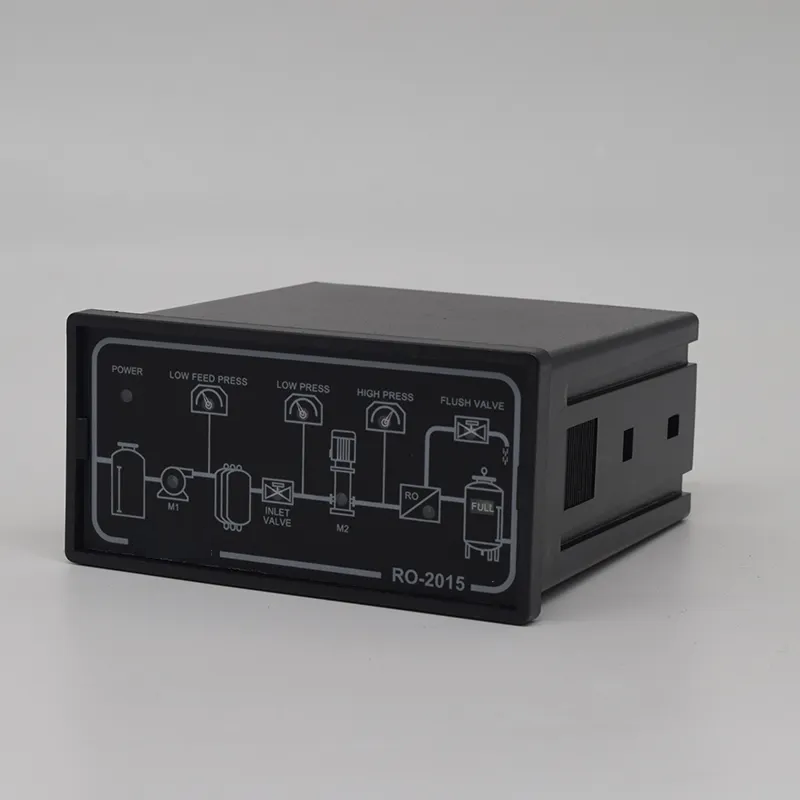
In conclusion, there are several signs that indicate it’s time to change reverse osmosis filters. These include a decrease in water flow, a change in the taste or odor of the water, a decrease in the quality of the water produced, and following the manufacturer’s recommendations for filter replacement. By paying attention to these signs and promptly replacing the filters when necessary, you can ensure that your reverse osmosis system continues to provide you with clean and safe water for years to come.

